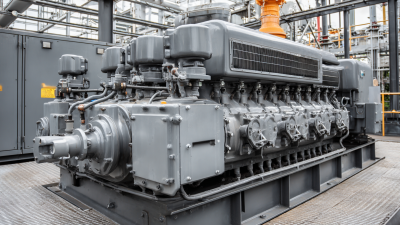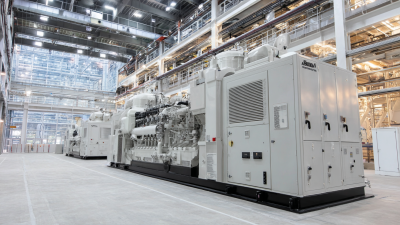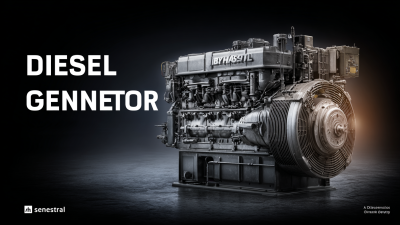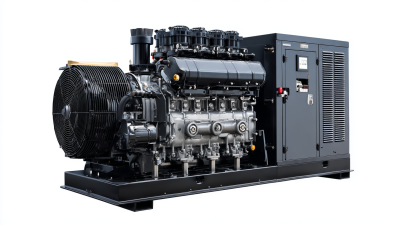
-
Home
-
Products
-
Service
-
About Us
-
Solution
-
Videos
-
News
-
Contact Us
Leave Your Message

The energy sector is undergoing a transformative shift as industries seek innovative ways to enhance sustainability and efficiency. According to the International Energy Agency, global electricity demand is projected to increase by 70% by 2040, necessitating advanced energy solutions to meet this surging need. Power Solutions Generator technology stands at the forefront of this evolution, offering reliable and versatile energy generation options that can adapt to diverse applications. Recent reports from the Global Energy Monitor indicate that investment in generator technology is expected to exceed $30 billion by 2025, driven by the growing emphasis on renewable integration and energy resilience. This pivotal advancement not only emphasizes the importance of reliable power sources but also highlights the role of Power Solutions Generator systems in supporting both emerging economies and developed nations in achieving their energy goals.
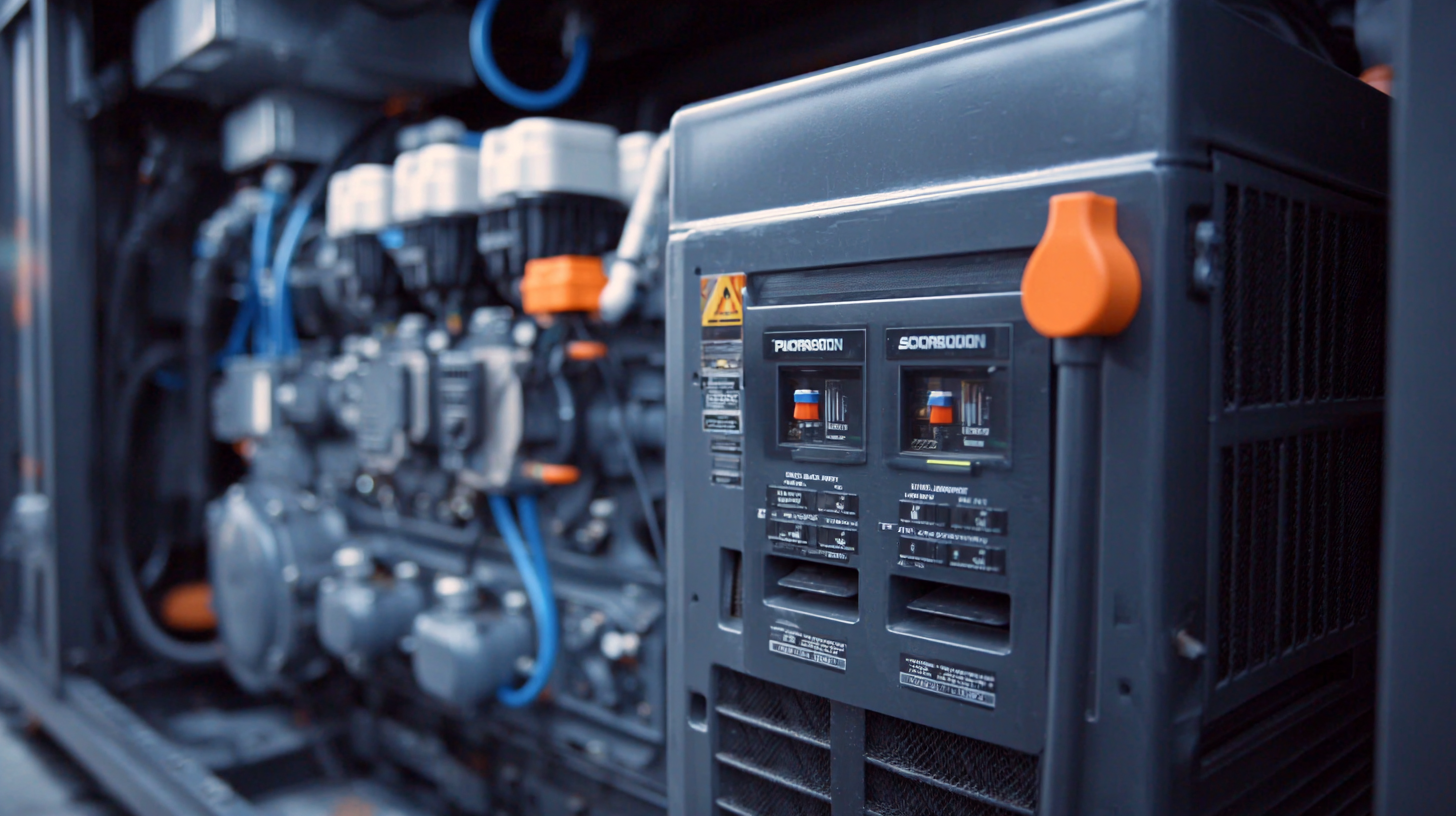
The evolution of generator technology has been a remarkable journey, transforming how we harness and utilize energy. Historically, the beginnings of generator technology can be traced back to the early 19th century with pioneers like Michael Faraday, who demonstrated electromagnetic induction. Over the decades, advancements such as the introduction of diesel generators in the 1920s and later, gas-powered and renewable generators, have significantly increased efficiency and reduced emissions. According to the International Energy Agency (IEA), the global market for generators is projected to reach $29.9 billion by 2027, with a substantial shift towards cleaner energy sources.
As generator technology continues to evolve, the integration of smart technologies is enhancing performance and monitoring capabilities. Innovations such as IoT connectivity allow real-time data analysis, optimizing energy use and reducing operational costs. A report from Navigant Research estimates that smart generators can help reduce energy consumption by up to 30%, paving the way for significant savings in both residential and commercial applications.
Tips: When considering a generator, evaluate your power needs carefully and opt for energy-efficient models. Regular maintenance is crucial; ensure that your generator is serviced at least once a year to prolong its lifespan and efficiency. Additionally, keeping abreast of the latest innovations in generator technology can help you make informed decisions for future energy solutions.
The landscape of energy is rapidly evolving, driven by key innovations in generator technology that promise to reshape how we produce and consume power. From enhanced efficiency to the integration of renewable energy sources, modern generators are becoming pivotal in addressing the world's energy challenges. New advancements, such as hybrid systems that combine traditional fuel sources with solar or wind, are not only reducing the carbon footprint but also increasing the reliability of power supply.
Tip: When considering a generator for your home or business, look for models that offer dual-fuel capabilities. This flexibility allows you to switch between natural gas and propane, enhancing efficiency and reducing costs based on fuel availability.
Moreover, the advent of smart generator technology plays a crucial role in optimizing energy use. These intelligent systems can automatically adjust power output based on real-time demand, ensuring that energy is used efficiently. Such innovations contribute to a more resilient energy infrastructure, capable of supporting a growing population and increasing energy needs.
Tip: To maximize the benefits of smart generators, invest in a system that features remote monitoring and control capabilities. This allows for better management of energy consumption, helping you to stay informed about your usage patterns and enabling proactive maintenance.
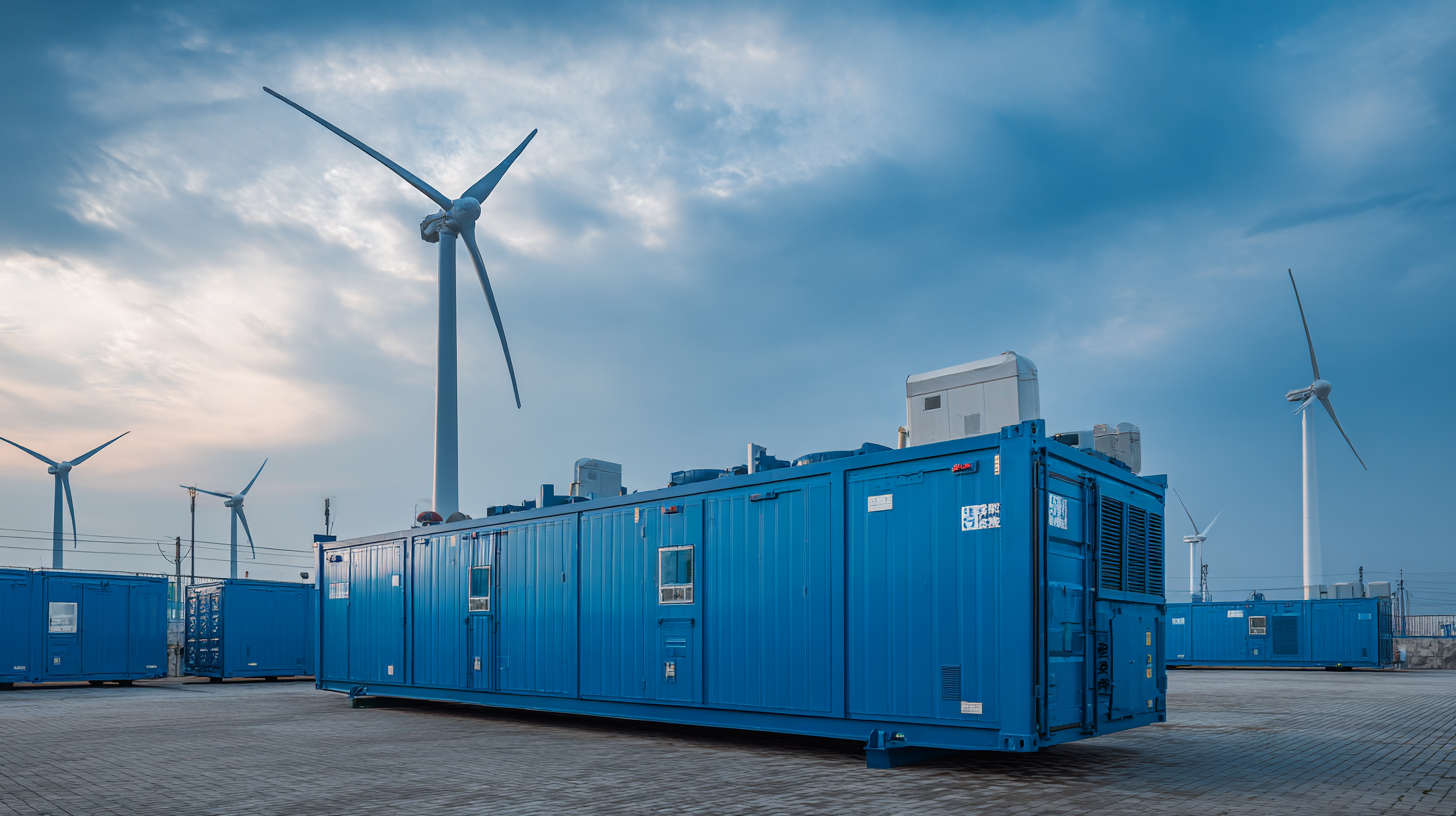
The advancement of generator technology plays a pivotal role in shaping a sustainable energy future. According to a report by the International Energy Agency (IEA), the global demand for electricity is projected to increase by over 60% by 2040. This surge necessitates innovative solutions that not only meet energy needs but also minimize environmental impact. Advanced generator technologies, such as hydrogen fuel cells and microgrids, are emerging as key players in this transition, drastically reducing greenhouse gas emissions compared to traditional fossil fuel generators.
Furthermore, the Environmental Protection Agency (EPA) highlights that modern generators equipped with emission control technologies can cut nitrogen oxides and particulate matter by up to 90%. This shift not only helps in meeting regulatory standards but significantly contributes to cleaner air quality. As we invest in these advanced technologies, a recent report from the World Economic Forum indicates that integrating renewable energy sources with advanced generator systems could lead to a 30% reduction in global carbon emissions by 2030. Emphasizing the environmental advantages of these innovations provides a critical pathway toward achieving a sustainable energy landscape.

The modern generator solutions market is redefining energy management with a focus on cost-effectiveness and efficiency. As the global shift towards sustainable energy gains momentum, the demand for prefabricated modular infrastructure solutions becomes increasingly evident. These solutions offer rapid deployment, scalability, and optimal operation of IT workloads. The integration of computing, storage, power, and cooling systems into standardized units enhances transportability, making them an attractive option for businesses seeking reliable energy sources.
The diesel generator market, projected to grow significantly from $30.03 billion in 2025 to $54.07 billion by 2033, exemplifies this trend. With a compound annual growth rate (CAGR) of 7.63%, these generators are becoming a staple in the energy landscape. Additionally, investments in clean energy infrastructure exceeded $2 trillion, underscoring the strategic shift towards sustainability. As energy needs continue to evolve, modern generator solutions represent a smart investment for organizations aiming to enhance energy efficiency while navigating the complexities of a rapidly changing energy environment.
This chart illustrates the average cost savings of modern generator solutions over traditional energy sources, highlighting the economic benefits of adopting advanced power technologies for energy needs.
The integration of smart technology with generator systems is pivotal in transforming energy management practices. As cities increasingly adopt smart grids, the capacity to connect generators with renewable energy sources and electric vehicles becomes essential. This blend not only enhances energy efficiency but also ensures a more reliable and responsive energy supply. Advanced control mechanisms and AI-driven solutions are becoming commonplace, enabling real-time monitoring and optimized performance of energy systems.
Tips for enhancing energy management include investing in smart meters and IoT devices that provide actionable insights into energy usage patterns. Additionally, leveraging vehicle-to-grid technology can empower electric vehicle owners to contribute to overall grid stability while benefiting from lower energy costs. Optimizing the balance between renewable energy generation and consumption is crucial in promoting sustainability and reducing carbon footprints.
Furthermore, maintaining a focus on renewable energy integration can improve profitability for energy providers and promote consumer engagement. By implementing smart energy solutions, organizations can not only enhance operational efficiency but also drive significant contributions toward a greener future. Embracing emerging technologies and methodologies will be key in unlocking the full potential of generator technology within the evolving energy landscape.
| Dimension | Value |
|---|---|
| Generator Output (kW) | 250 |
| Fuel Type | Diesel |
| Emission Reduction (%) | 30 |
| Smart Technology Integration | Yes |
| Remote Monitoring Capability | Available |
| Average Runtime (Hours) | 12 |
| Smart Grid Compatibility | Yes |
| Maintenance Interval (Months) | 6 |
| Cost of Ownership (USD/year) | 5000 |
| User Satisfaction Rating (1-10) | 9 |
